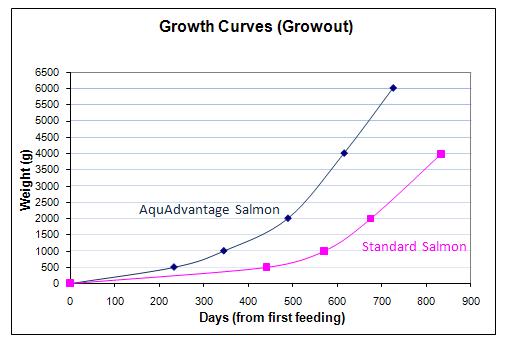From National Public Radio:
The more exposure children have to chemicals called perfluorinated compounds, the less likely they are to have a good immune response to vaccinations, a study just published in JAMA, the Journal of the American Medical Association shows. No place on earth pristine enough: Stig Nygaard/Flickr Even in the remote Faroe Islands, some children have high levels of perfluorinated compounds in their blood. The chemicals may interfere with the immune system.
No place on earth pristine enough: Stig Nygaard/Flickr Even in the remote Faroe Islands, some children have high levels of perfluorinated compounds in their blood. The chemicals may interfere with the immune system.
The finding suggests, but doesn't prove, that these chemicals can affect the immune system enough to make some children more vulnerable to infectious diseases.
"We found that the higher the exposure, the less capable the kids were in terms of responding appropriately to the vaccine."
For decades now, PFCs have been used in nonstick coatings, stain-resistant fabrics and some food packaging. And because they persist in the environment for years, they have become common around the globe.
"You can find them in polar bears," says Dr. Philippe Grandjean, the study's lead author who works at both Harvard and the University of Southern Denmark.
Studies in animals have shown that PFCs can weaken the immune system.
Grandjean wanted to know whether this was happening in children. So he led a team that studied nearly 600 kids in the Faroe Islands, which lie about halfway between Scotland and Iceland.
The Faroese have levels of PFCs similar to those of U.S. residents. Grandjean figured if the chemicals were having an effect, it would show up in the way kids' bodies responded to vaccinations.
Normally, a vaccine causes the production of lots of antibodies to a specific germ. But Grandjean says the response to tetanus and diphtheria vaccines was much weaker in 5-year-olds whose blood contained relatively high levels of PFCs.
"We found that the higher the exposure, the less capable the kids were in terms of responding appropriately to the vaccine," Grandjean says. The results raise the possibility that "the immune system is not really developing optimally."
The health effects of PFCs are still poorly understood. But in the past decade, government scientists have become increasingly concerned about possible links to developmental problems in children.
As a result, the Environmental Protection Agency has taken steps that have resulted in some PFCs being phased out.
These chemicals aren't as frightening as some found in the environment, says Dr, Alan Ducatman from West Virginia University, which has been part of a large study of a PFC known as C8. "But they are clearly problematic," he says, adding that the C8 study also found some evidence of an effect on the immune system.
Consumers in the U.S. have reason to be concerned about PFCs, Ducatman says, even though exposure to some of them is falling.
The problem is that levels "are not going down in other parts of the world and in fact there are places where they may even be going up," Ducatman says.
One of those places is China, says Grandjean. And that's a problem for countries that buy products from China, he says.
"We may just be importing products with the same compounds," he says. "So I don't think that we have solved the exposure problem yet and I think it needs international attention."
That's beginning to happen. Some global treaties are beginning to include language restricting the use of certain PFCs.
Listen to the NPR report.
 Tuesday, February 28, 2012 at 2:26PM
Tuesday, February 28, 2012 at 2:26PM  Kathy |
Kathy |  Post a Comment |
Post a Comment | 


